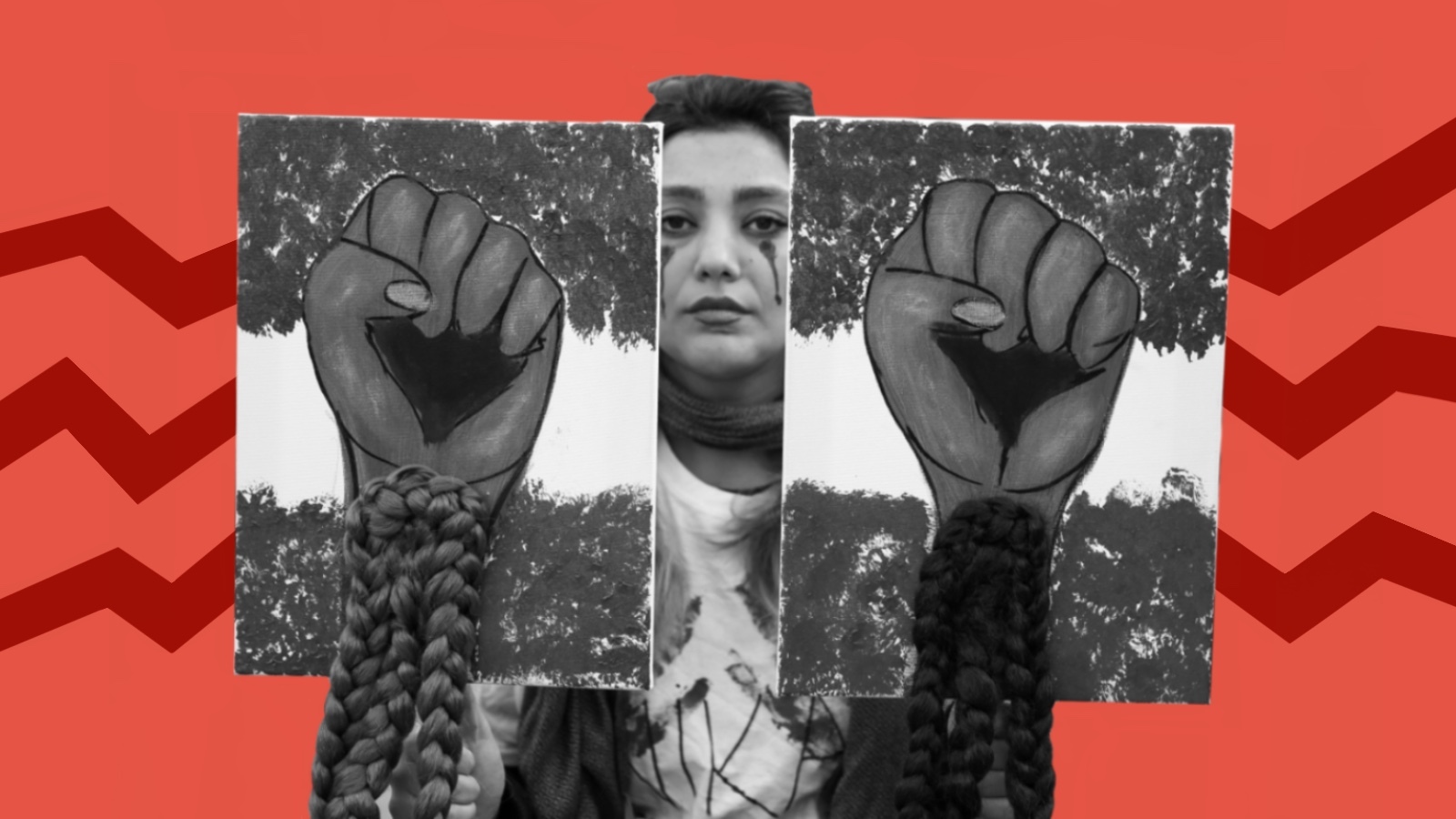On Rehabilitation, Guantanamo and the NY Times
Over the weekend the NY Times’ Scott Shane had this piece on Yemeni detainee, Alla Ahmad, and the difficulties in closing Guantanamo as President Obama pledged.
The article is, in some ways, a comparison between Saudi Arabia and Yemen. The US has confidence in Saudi Arabia’s ability and desire to combat al-Qaeda. It does not have confidence in Yemen. The US believes that Saudi Arabia’s rehabilitation program is successful. It does think Yemen’s program was.
All of this, as Shane writes, makes it difficult for the US to release Yemenis at Guantanamo for fear that they will rejoin al-Qaeda and, in the worst case scenario, kill American citizens in an attack. In many ways this supports what I argued a while ago, namely, that many of the Yemenis still in Guantanamo are prisoners of their own citizenship.
The piece rightly points out that all of the former Guantanamo detainees in al-Qaeda in the Arabian Peninsula are Saudis and that none of the returned Yemenis have rejoined al-Qaeda – some would argue that this is because so few have been returned.
I am concerned, however, with how the piece discusses the two rehabilitation programs. The article quotes Christopher Boucek, with whom I have co-written pieces on Yemen, but I part company with him in his views on the success of the Saudi rehabilitation program.
I laid out my own views in a piece for the American Interest:
“The Saudi program is based on the premise that the state can convince these individuals that their understanding of Islam is incorrect and has been perverted by charlatans. But when many of the detainees view the state itself as the enemy, convincing them of the error of their ways is often a Sisyphean task. The clerics brought in to re-educate the detainees on the principles of Islam lack legitimate authority in the eyes of many prisoners, who view them as paid agents of the state, willing to say and legitimize whatever the state wants. This, the militants maintain, is not Islam, but rather a corrupted and distorted version whose sole purpose is to ensure that the Al-Saud remains in power.”
There is a place for these rehabilitation programs, but they are only a small, tiny part of the solution. The disproportionate US obsession with the rehabilitation programs – either in Saudi Arabia or Yemen – is baffling to me. The Saudi program is essentially one of bureaucratizing bribery, buying off individuals that can be co-opted. Those individuals and former detainees that want to return to jihad are not going to be swayed by time in a rehabilitation program.
It is both too easy and too glib to dismiss people like Hamud al-Hitar as a rent-a-cleric. I have spent time with him in 2004, 2005, 2006 and 2009 and I believe he is someone who believes what he says, but he has also been well rewarded for his public stance. There is a reason why al-Hitar was only the individual out of the 30 clerics or so that met with President Salih in August 2002, who was willing to take on this role.
The Yemeni program as I write, again in the AI Piece, suffers from a lack of funds – as all things Yemeni do in comparison to Saudi Arabia:
“Another supposedly rehabilitated prisoner currently on the run from Yemeni security forces gave an interview to a local news outlet in late 2008 explaining his reasons for not abiding by his agreement with the state. His return to jihad, he stated, was based on the fact that the government did not deliver on any of the promises it made him when he was released. Instead of easing his transition back into society, he was harassed by security services and robbed by soldiers at checkpoints. When he complained to the head of the rehabilitation program, Hamud al-Hitar, he received little help, as al-Hitar lacks access to the levers of power that would allow him to dole out state favors to his graduates. Saudi Arabia’s economic standing should allow it to more easily deter those who can be bought off with jobs and promises, but payouts will do little to persuade those convinced that the state is not a legitimate Islamic entity.”
Christopher Boucek also states that sending Yemenis to the Saudi program would be a “catastrophically bad idea” except in the case of the 20 Yemenis who were born in Saudi and have family there now. I agree with Chris on the first part, but I disagree on the second. I believe it would also be a mistake to send these 20 to Saudi Arabia.
Saudi Arabia is not going to give them citizenship and having family police detainees does not work – as the Saudi case has shown on numerous occasions. No one is going to sell out a relative to the government. Yes, they will make the required statements in the press after their loved one has returned to jihad but not before.
These rehab programs provide the same sense of false security as padlocking a tent. They have little impact, but they give US policy makers the confidence to return detainees to, at least, Saudi Arabia. Demanding, funding, and building a similar program in Yemen may ease the collective conscious of US officials but it will do little towards actually solving the problem. Those who don’t want to fight won’t and those who do will. Their time in rehab will do nothing to alter either. It is a waste of money, time and effort – and it isn’t even the best of the bad ideas, it is just bad. It simultaneously convinces the US that it is actively working to solve the problem while doing nothing other than passing the buck of responsibility to other countries and washing US hands of any responsibility. The US may derive some immediate comfort from this, but the long-term costs of pursing short-term benefits will be exceedingly high.




